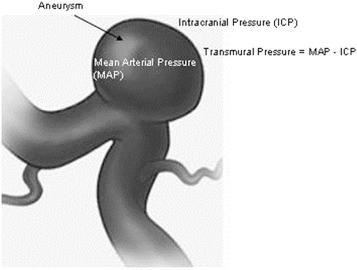Physical Address
304 North Cardinal St.
Dorchester Center, MA 02124
Rupture of the intracranial aneurysm or an arteriovenous malformation during surgical clipping or coil embolization is one of the most devastating complications in neurosurgery. It is defined as a fresh or new leak in the existing vascular pathology occurring during the intraoperative course. The complication may occur any time from induction of anesthesia to application of the negative pressure vacuum drain at the end of surgery. The majority of aneurysms rupture during dissection and clip application. The complication is more catastrophic in neuroradiologic suites as the patients are heparinized. Intraoperative rupture may occur at a rate of 7–35% and may be due to various causes mentioned below. In the Analysis of Treatment by Endovascular approach to Nonruptured Aneurysms (ATENA) study, the rate varies from 2.4% to 3.9% in aneurysm more than 3 mm and less than or equal to 3 mm, respectively. However, in the Clinical and Anatomic Results in the Treatment of Ruptured Intracranial Aneurysms (CLARITY) study, the frequency of aneurysm rupture is higher in patients with middle cerebral artery aneurysm, patients under 65 years of age, and hypertensive patients.
The rupture of aneurysm during induction of anesthesia and tracheal intubation occurs as a result of wide fluctuations in the mean arterial pressure. It is an important goal to minimize the transmural pressure at the time of induction of anesthesia without affecting the cerebral perfusion pressure. Transmural pressure is the difference of the mean arterial pressure and the intracranial pressure. Sudden fluctuation in the mean arterial pressure disturbs this equation and results in disruption or rupture of the aneurysm ( Figure 1 ). Factors affecting the mean arterial pressure or the intracranial pressure may alter the transmural gradient, thereby, increasing the susceptibility of aneurysmal rupture.

Become a Clinical Tree membership for Full access and enjoy Unlimited articles
If you are a member. Log in here